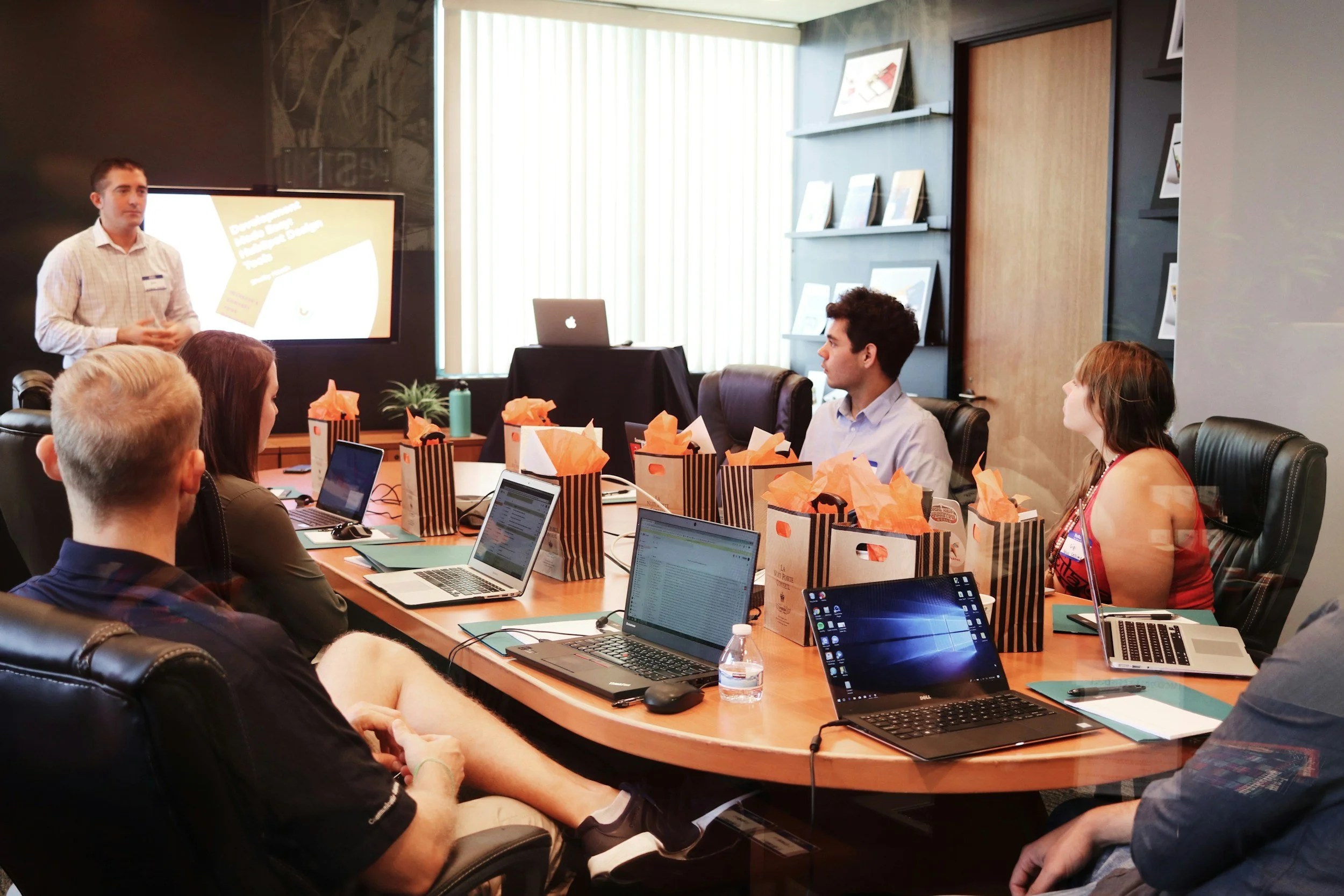What Is Work Anxiety?
Work anxiety is persistent fear, stress, or worry related to one’s job, performance, coworkers, or workplace environment.
It’s normal to feel nervous before a big meeting, but work anxiety becomes a problem when it’s chronic, disrupts performance, or affects well-being.
Work anxiety differs from other forms of anxiety mainly in its triggers and context. It’s closely tied to job-related factors such as workload, performance reviews, or workplace relationships, while general anxiety arises from broader life situations like health, family, or finances. Work anxiety tends to appear in professional settings, driven by workplace culture or job insecurity, and often shows up as overworking, procrastination, fear of mistakes, or burnout. Unlike general anxiety, which can persist across all areas of life, work anxiety usually eases outside of work but quickly returns with emails, calls, or upcoming deadlines.
The Work Anxiety Loop
The Cycle:
Trigger: Upcoming deadline, difficult boss, fear of underperforming.
Anxiety Spike: Heart races, overthinking, self-doubt, perfectionism.
Avoidance or Overcompensation:
Avoidance: procrastination, missed deadlines.
Overcompensation: overworking, no rest, constant checking.
Short-Term Relief: “I survived that meeting!” or “At least I got it done.”
Long-Term Stress: More tasks pile up, self-blame grows, anxiety restarts.
The result is a reinforcing stress loop — anxiety leads to coping behaviors that momentarily help but long-term make anxiety worse.
Breaking the Loop
Step 1: Awareness
Name it: “I’m experiencing work anxiety.”
Track triggers: meetings, emails, certain people, deadlines.
Step 2: Cognitive Reset
Challenge thoughts: Replace “I’ll fail” with “I’ve managed before; I can handle this.”
Set realistic standards — not perfection.
Step 3: Behavioral Change
Break tasks into small, doable steps.
Schedule breaks and recovery time.
Avoid checking work emails off-hours (set boundaries).
Step 4: Environment and Support
Talk to managers or HR if workload or expectations are unsustainable.
Seek therapy or coaching to learn coping strategies (CBT is especially effective for work anxiety).
Practice stress management: breathing, mindfulness, exercise, sleep hygiene.
Work Anxiety = Job-based stress + perfectionism + fear of judgment.
Loop = Trigger → Anxiety → Avoidance/Overwork → Relief → Repeat.
Breaking the Loop = Awareness + Cognitive Reframing + Boundaries + Support.
